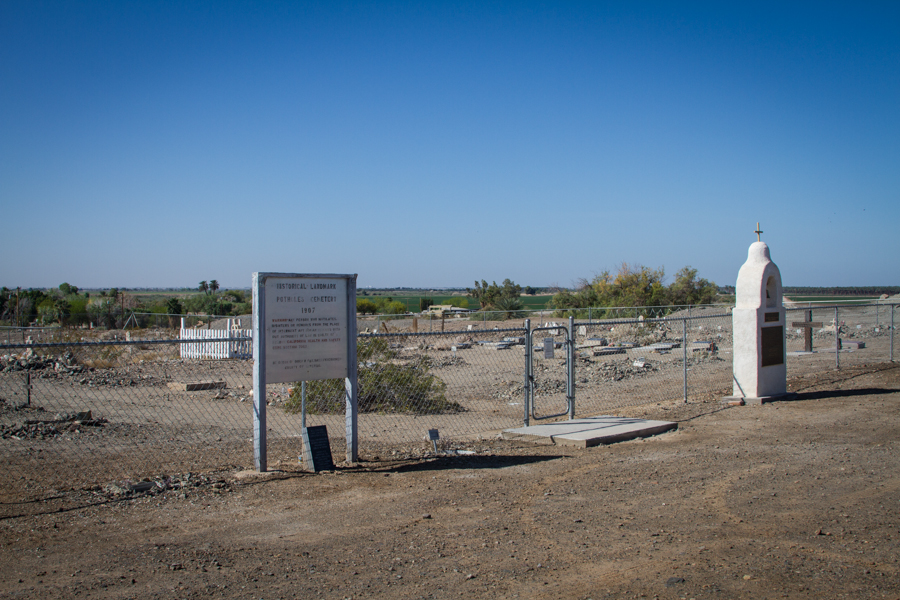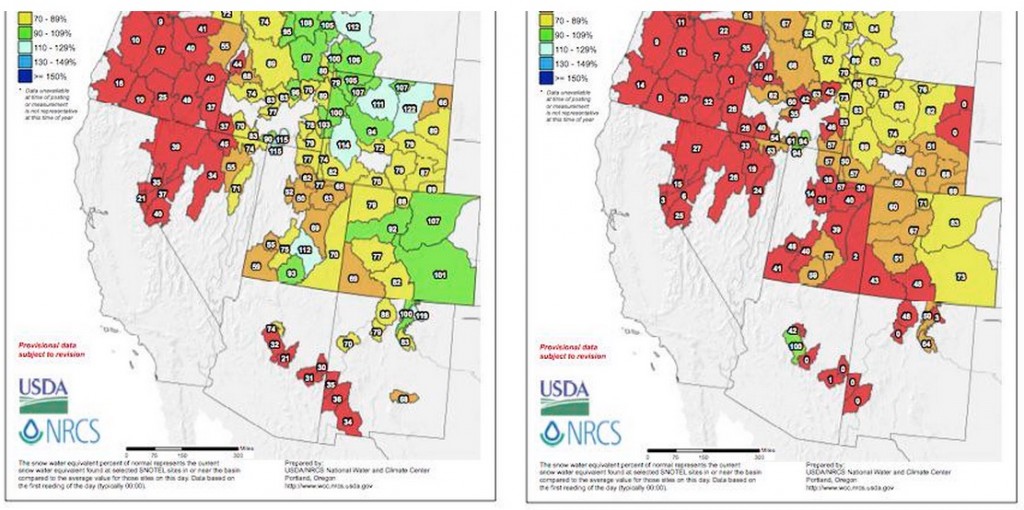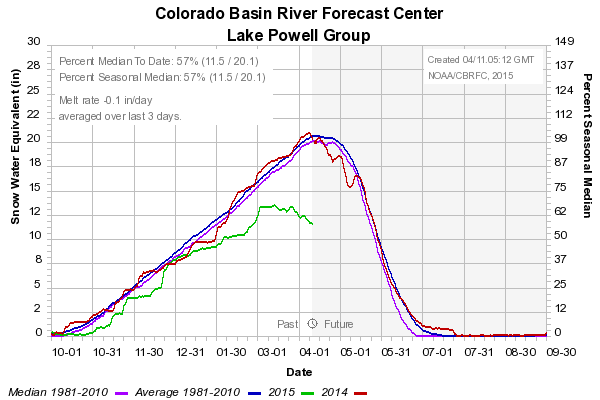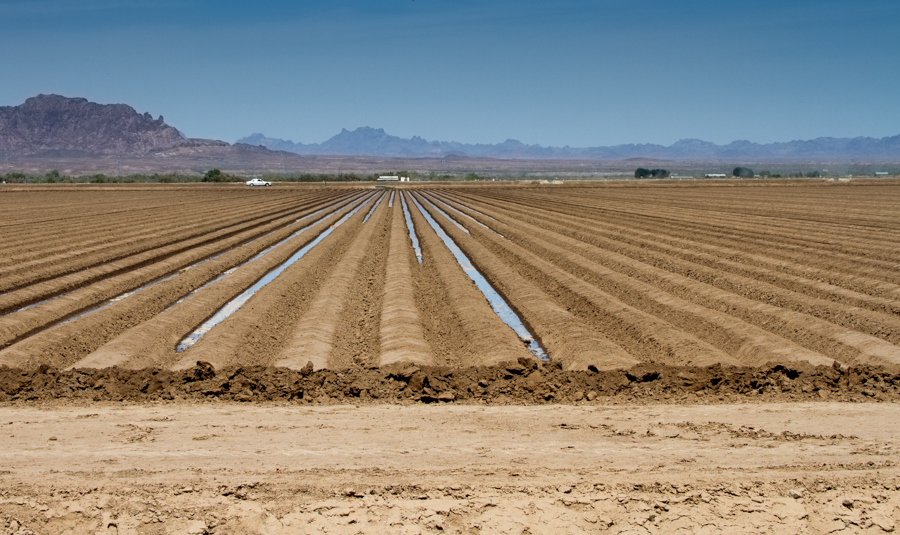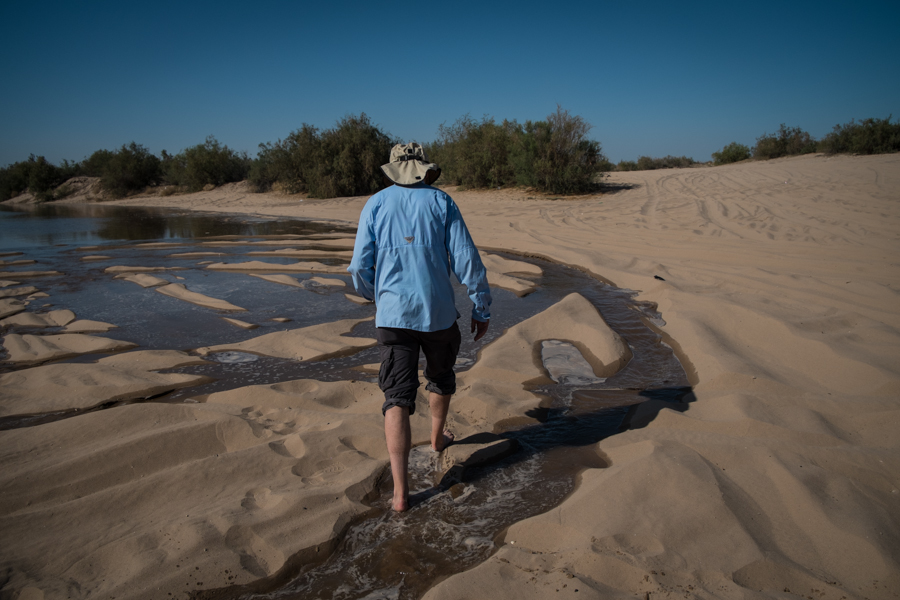
The University of Arizona’s Karl Flessa getting a first hand look at the pulse flow as it arrives at San Luis. March 2014, by John Fleck
University of Arizona geoscientist Karl Flessa said Tuesday that the eight-week flooding helped to germinate and establish cottonwoods and willows that will live for up to 50 years, demonstrating that even a small amount of water can have long-lasting effects on an ecosystem.
But, Flessa said, the impact of the water varied.
“In some places the pulse flow did enormous amount of good work in establishing vegetation and sustaining that vegetation. In other parts of the river it didn’t really make that much of a difference,” he said.


